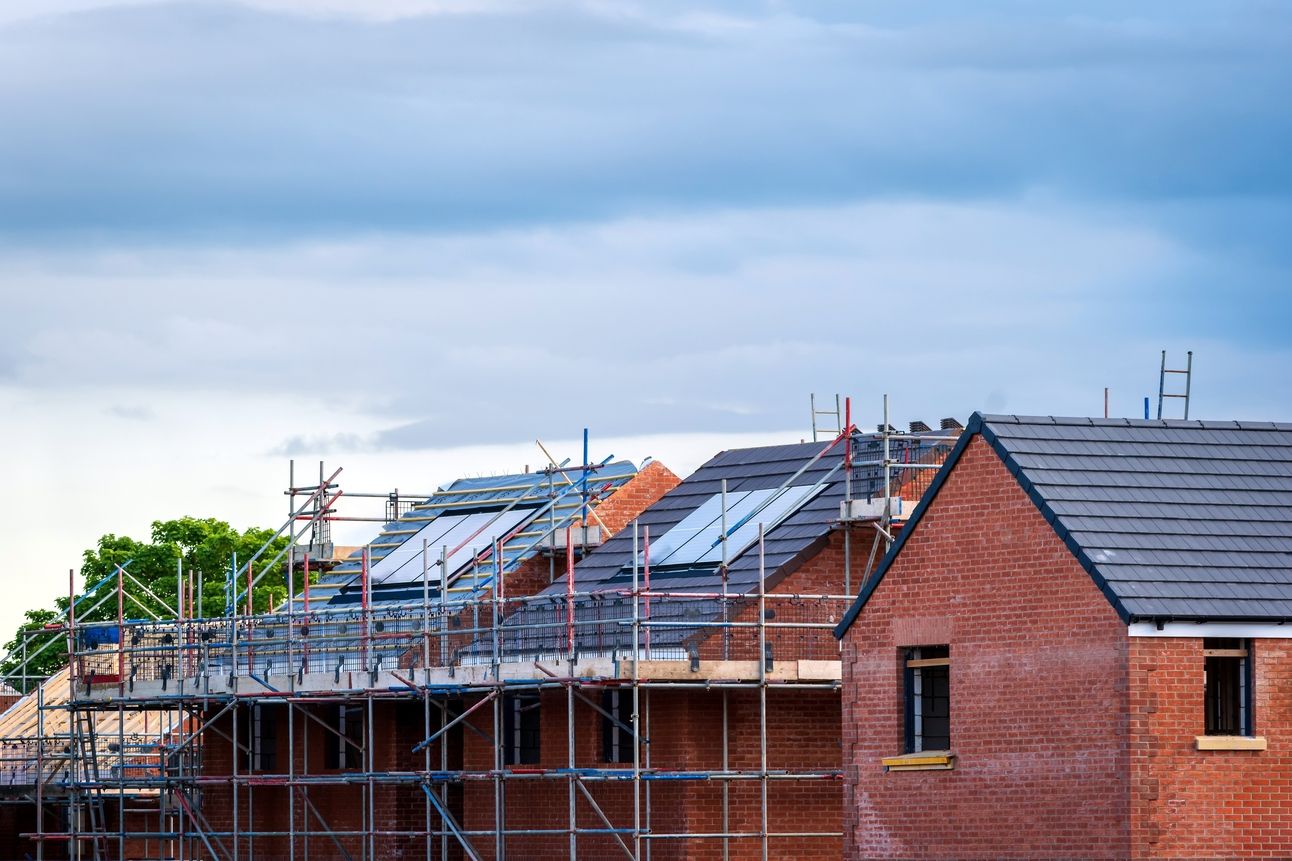Small construction firms have long been at the heart of the UK’s built environment — shaping local communities, restoring heritage buildings, and responding flexibly to regional housing needs. But today, they face mounting pressure from all sides: rising costs, planning delays, skills shortages, and tightening finance. Many say the system is stacked against them — and if they’re squeezed out entirely, it could spell trouble not just for the economy, but for the UK’s sustainability goals as well.

A Disappearing Force
Small and medium-sized builders (SMEs) once built about 40% of the UK’s new homes. Now, that figure is below 10%. The Federation of Master Builders (FMB) reports an 80% decline in small housebuilders since the 1980s.
This shift has implications far beyond output. Smaller firms are often more agile, better connected to local supply chains, and more open to using sustainable techniques and materials. “Local builders are some of the most innovative when it comes to green building practices,” says Brian Berry, Chief Executive of the FMB. “But they’re being pushed to the margins.”
Planning Bottlenecks and Lost Potential
The planning system is a major choke point. Builders report projects taking over a year to get through approvals, with local authority planning departments underfunded and under-resourced. In the meantime, costs pile up and interest mounts on land and loans.
This delay has an environmental cost too. “We’ve got projects designed to meet net-zero targets, with heat pumps, rainwater harvesting, and sustainable drainage — and they’re just stuck in the system,” says Chris Carr, a small developer in Lincolnshire. “The will is there, but the process blocks progress.”
The UK government has promised a “super squad” of planners to help speed up decisions and unlock land. There’s also talk of streamlining nature-related regulations. But environmental groups warn that weakening standards won’t fix the real issue — a lack of investment in planning itself.
Greener Building, Pricier Materials
Materials inflation is biting hard. Timber, insulation, and sustainable cladding have all seen sharp price rises — partly due to global supply disruptions, but also from strong demand in the green retrofit and low-carbon new build markets.
For small firms trying to build to BREEAM or Passivhaus standards, the cost hurdle is significant. “Everyone wants better buildings — clients ask for low-energy homes — but the upfront price still puts them out of reach,” says builder Rebecca Miles from Sussex. “We need proper support to make sustainable construction the default, not the luxury.”
Water Matters: Building for Resilience
Water efficiency and drainage are increasingly front-of-mind for climate-resilient construction. New developments are expected to incorporate Sustainable Drainage Systems (SuDS) to slow water runoff, reduce flood risk, and improve water quality.
However, small builders often find the rules confusing and the approval process opaque. “There’s no consistent guidance from council to council,” says architect and developer Tom Llewellyn. “You end up over-engineering systems just to avoid delays — and that’s costly for small sites.”
The National Infrastructure Commission and the Environment Agency have both called for clearer, long-term water planning at the development stage, particularly as climate change increases strain on both supply and flood systems.

The Finance Gap
Meanwhile, access to finance is another barrier to sustainable delivery. Government schemes like the Home Building Fund exist, but awareness and uptake among SMEs is limited.
And with interest rates high, many builders are turning away projects that require longer investment timelines — including those involving greener technologies or longer planning lead-ins.
“Banks aren’t keen on eco-projects unless you’ve done one before. But how do you get started?” asks Gordon Smith, who runs a two-person firm in the Midlands. “It’s the same circular problem over and over.”
A Call for a National Strategy
The FMB is pushing for a national strategy for small housebuilders that includes ringfenced funding for low-carbon development, faster planning for small sustainable sites, and inclusion in public procurement.
“There’s no path to net zero that doesn’t involve the construction industry,” says Berry. “And there’s no healthy industry without small firms thriving at the local level.”
That view is echoed by the UK Green Building Council, which has urged ministers to support SMEs in meeting environmental standards through grants, training, and planning reform.
Why It All Matters
Beyond the economics, small builders are deeply embedded in their communities. They tend to work on infill sites, refurbishments, brownfield land, and sensitive conservation areas — exactly the kinds of projects that require tailored, sustainable approaches.
As climate pressures mount and the UK’s housing crisis deepens, sidelining these firms risks not only reducing the volume of homes built, but also the quality, efficiency, and resilience of our built environment.




